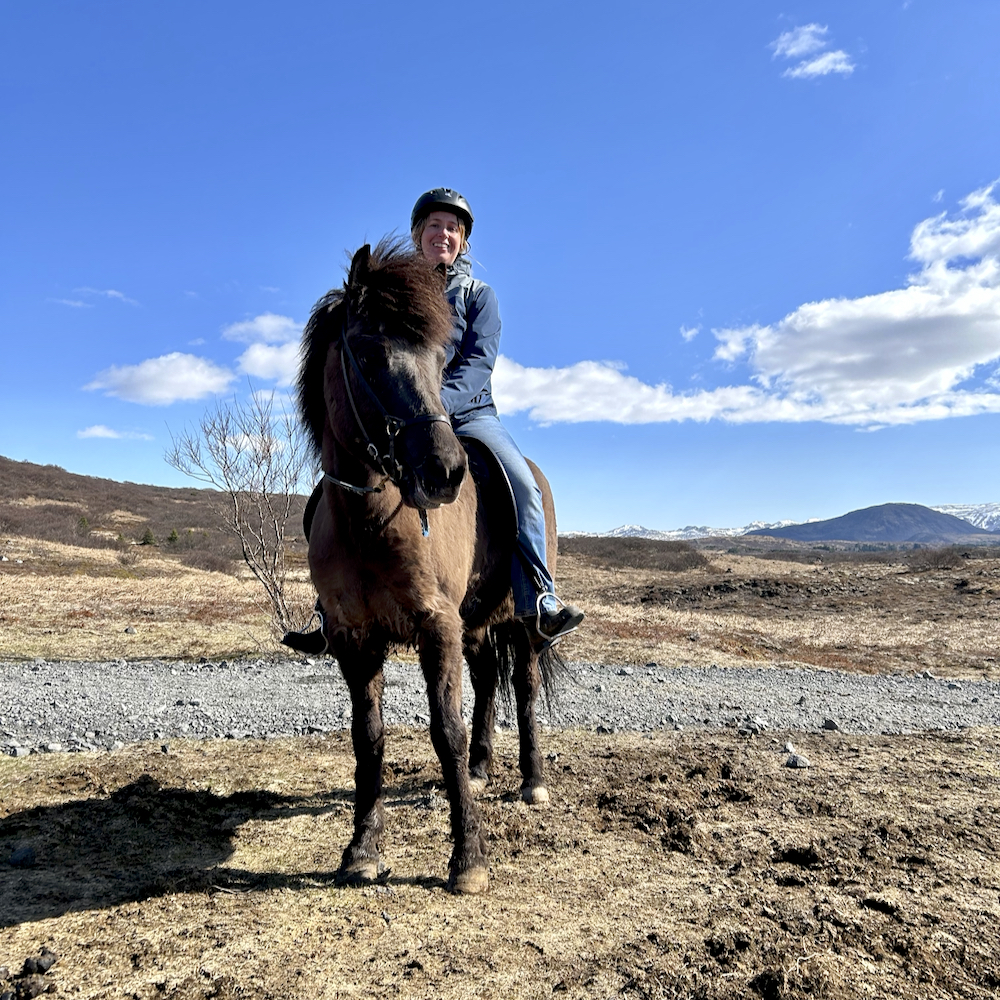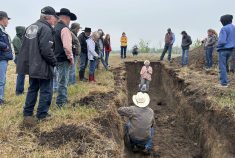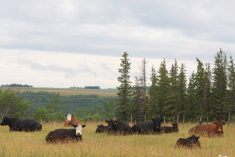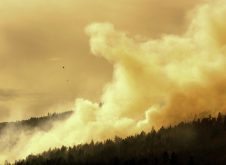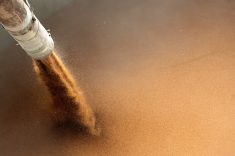Years ago, I was starting a palomino mare that was smart, athletic and tended to express her displeasure by crow-hopping and bucking. Fortunately, she telegraphed her intention before she let loose, most of the time. But it made for some tense rides early in her career.
I’ve made my share of mistakes with horses over the years, received and likely given some bad advice. One piece of good advice I got with this mare was “Don’t look at the ground when she’s bucking, or that’s where you’ll end up.”
You’ve probably heard a half-dozen variations of this advice on avoiding disaster, from slightly different angles. “Don’t dress-rehearse disaster.” Or “Don’t trouble trouble until trouble troubles you.” Or even, for young drivers, the reminder to “look where you want to go.” To think this way is not to deny the risks or obstacles in front of you. It’s about focusing on getting to where you want to be.
Read Also
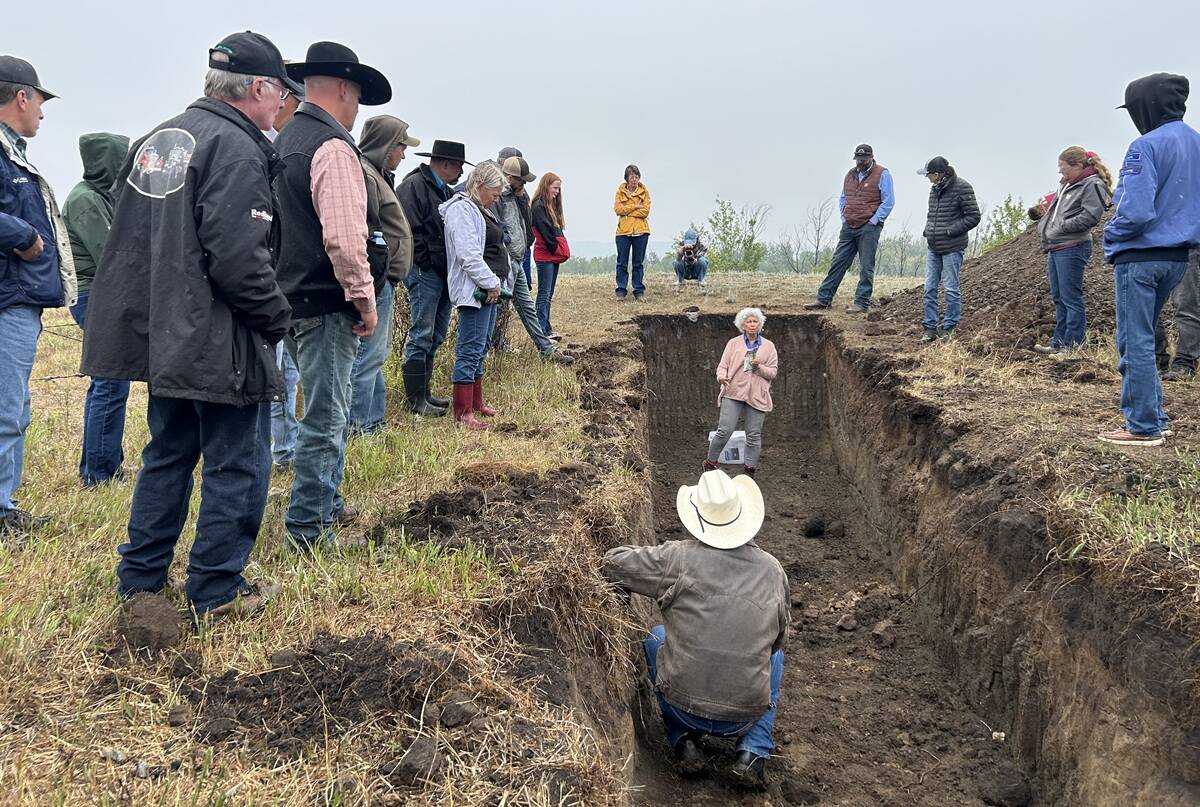
Improving soil health on the ranch
Yamily Zavala, PhD, talks soil health for farmers and ranchers at a grazing club field day at Paradise Hill, Saskatchewan.
This year will bring its own challenges for ranchers and farmers across the country. As they say, we’ve never lost a crop in February. We may get some much-needed moisture later this winter and in the spring. But it doesn’t seem like many people are banking on that, especially with high interest rates. Both Canadian and American cow-calf producers are liquidating rather than rebuilding herds. Market analyst Kevin Grier noted that many of the cows sent to town were younger animals, cows that producers normally would have kept.
Another adage for you: “This too will pass.” I don’t know when, but the drought will end as we swing into another wet cycle. Eventually, whoever is still ranching will rebuild their herds. But I wonder if those herds will look the same as they did before this wicked, multi-year drought?
“Never waste a crisis,” as they say. “Resilience” was one of the most-used words during the pandemic. Some definitions of resilience include adaptation, but others focus on returning to original form once the pressure subsides. In the mental health field, there’s more focus these days on “post-traumatic growth.” It implies deeper change in one’s relationships, appreciation for life, ability to see new possibilities, personal strength and even spirituality.
That type of growth takes a lot longer to realize than the bounce-back implied by resilience, and it’s not going to happen every time we face adversity (that would be exhausting). But after you’ve come through a very tough time, it’s worth thinking about whether you should be trying to return to business as usual or to transform in some way. BSE transformed Canada’s cow-calf operations. I once heard a story about a vet who could perform C-sections while blindfolded, he’d done so many in the ’80s and ’90s. I doubt many post-BSE vets could do that, and that’s just fine, as there’s nothing wrong with easy-calving bulls and cows.
What will cow herds look like in 10 years? Will there be more focus on mother cows that consume less feed while still raising good calves, given the feed shortages and costs? Will more people embrace hybrid vigour strategically, as Don Guilford discusses in “Lessons in cow economics learned in the field.” Anyone breeding and selling good, maternal replacements is likely thinking carefully about this liquidation and the coming rebuild.
What will grazing practices look like in a decade? Will virtual fencing companies deliver on their promises, at a price producers can afford, or will electric fencing still be the number one choice for cross-fencing? And what about winter feeding practices, which constitute such a large part of an operation’s cost each year, yet are so key to the success of the calving and breeding season, not to mention the herd’s welfare. What do you need to do on your operation to better weather extreme drought, cold winters and feed shortages, not to mention the economic grind that is ranching?
Then there are the people on each ranch. Farmers and ranchers are aging, just like everyone else. They might not retire until they hit 90, or until they die, but eventually, one way or another, that land is going to change hands. Our field editor, Melissa Jeffers-Bezan, has been writing a succession planning series, and you’ll find her second article here and in our February 2024 issue. One of the points made in this article is that although most producers don’t have a succession plan, most younger producers want a formal plan.
How does a ranching family even get started with the complex transition process? Elaine Froese, who has worked hard for years to advance transition planning in this country, suggests producers decide what they want first. Then, she wisely suggests figuring out what their spouses want. Retiring producers also need to figure out what they want to do in the next chapter of their lives, and make sure it’s something that excites them more than what they’re letting go of.
In other words, look where you want to go and point your horse in that direction.
Horses have tossed me before and since I started that palomino mare years ago. But she never did nail me, though she tried. She became a working ranch horse for someone else, and still chases cows around in her mid-teens. Every horse can teach us something and she taught me the importance of being intentional about where I wanted to end up.
So, where are you going?


